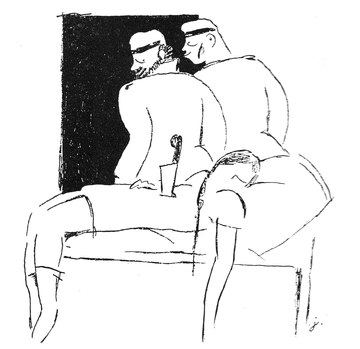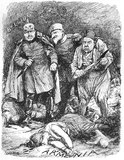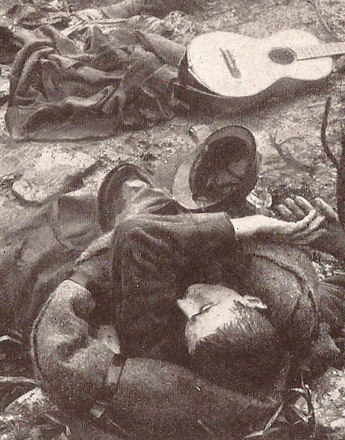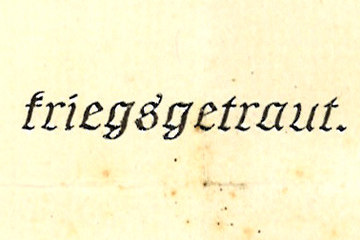The invasion of enemy troops was followed systematically by pillaging, destruction, deportation, rape and the execution of civilians. Sexual assaults by soldiers passing through or stationed in the occupied territory were part and parcel of daily life for the female population.
Examples of violence against civilians include the atrocities committed by German soldiers on Belgian and French men, women and children in summer and autumn 1914, the violence by the Austro-Hungarian army against Serbian civilians, the persecution of ethnic minorities during the Russian campaign in 1915, and the deportation, torture and murder of Armenians by Turkish troops during the Armenian genocide from 1915 to 1918. In the last two cases it was not acts of violence by enemy armies but crimes committed by troops against their own populations.
There are no precise figures about the number of women who were raped, and little research has been carried out on the extent of sexual violence in the various theatres of war. It may be assumed, however, that sexual assaults – from mass rape to genital mutilation and sexual torture – were something that women in all conquered and occupied territories were confronted by. The rapes committed by enemy soldiers were not systematic. There are no indications of a deliberate policy of rape by any army. Sexual assaults were thus only one of several aspects of the brutal treatment of the civilian population. By contrast, the women and girls who were raped, tortured, enslaved and killed during the Armenian genocide were victims of systematic sexual violence and humiliation. Most of these sexual assaults and massacres took place during the deportation of the Armenian people towards the Syrian desert.
During the German invasion of Belgium and north-eastern France in summer and autumn 1914 there were numerous incidents of rape and mutilation of women and girls by German soldiers. A Belgian, French and British committee of inquiry was established to collect reports from victims and to document the German crimes. The sexual assaults were not carried out exclusively behind closed doors but also in the open with witnesses being forced to watch. The invaders’ intention was to demonstrate their absolute power not only over the women’s bodies but also over the conquered territories. Sexual assaults by enemy soldiers in the presence of male civilians were an additional humiliation for the victims and brought home to the male population their own powerlessness.
Translation: Nick Somers
Bjørnlund, Matthias: ‚A Fate Worse Than Dying’: Sexual Violence during the Armenian Genocide, in: Herzog, Dagmar (Hrsg.): Brutality and Desire. War and Sexuality in Europe´s Twentieth Century. Houndmills/Basingstoke/Hampshire 2009, 16-58
Harris, Ruth: The „Child of the Barbarian”: Rape, Race and Nationalism in France during the First World War, in: Past & Present (1993), 141, 170-206
Horne, John/Kramer, Alan: Deutsche Kriegsgreuel 1914. Die umstrittene Wahrheit. Hamburg 2004
Rhoades, Michelle K.: Renegotiating French Masculinity. Medicine and Venereal Disease during the Great War, in: French Historical Studies (2006), 29/2, 293-327
-
Chapters
- Separation of husbands and wives and sexual mobility in the First World War
- Dwindling birth rates during the First World War
- "Mobilisation of the cradle"
- State control and social stigma
- Abstinence and satisfaction of needs
- Combatting venereal diseases in the Austro-Hungarian army
- “Resist from the outset”
- Sexual relief for soldiers
- Prevention or punishment
- Sexual assault in the First World War
- Sexual violence in Allied war propaganda





